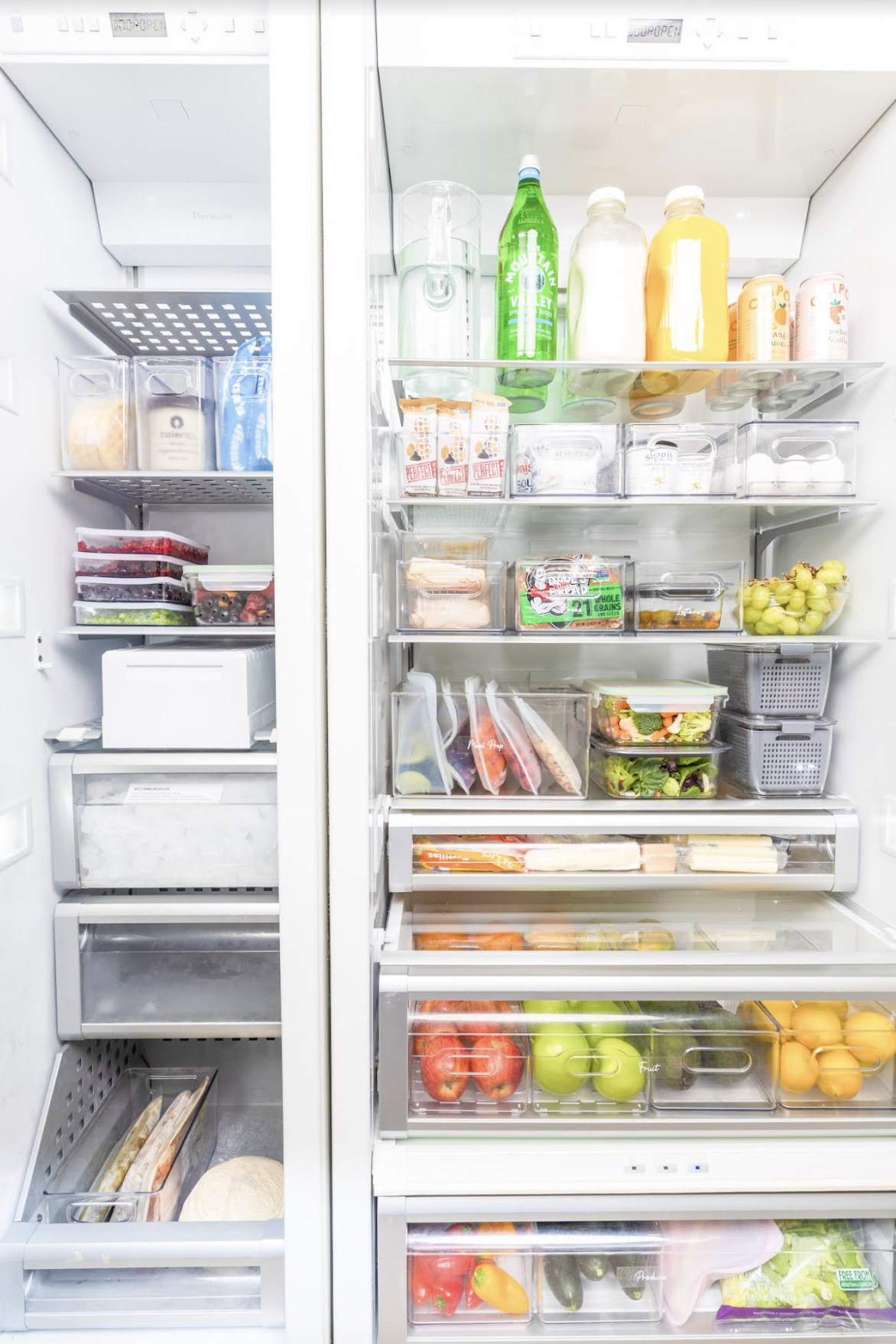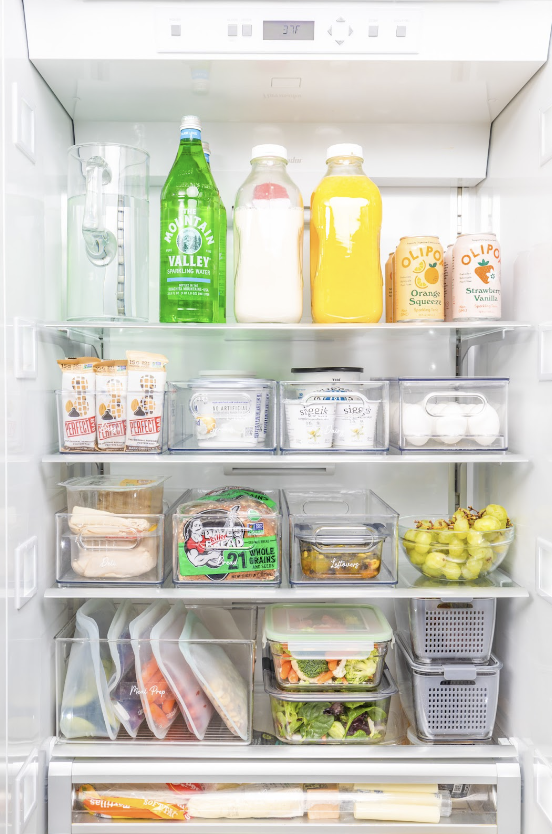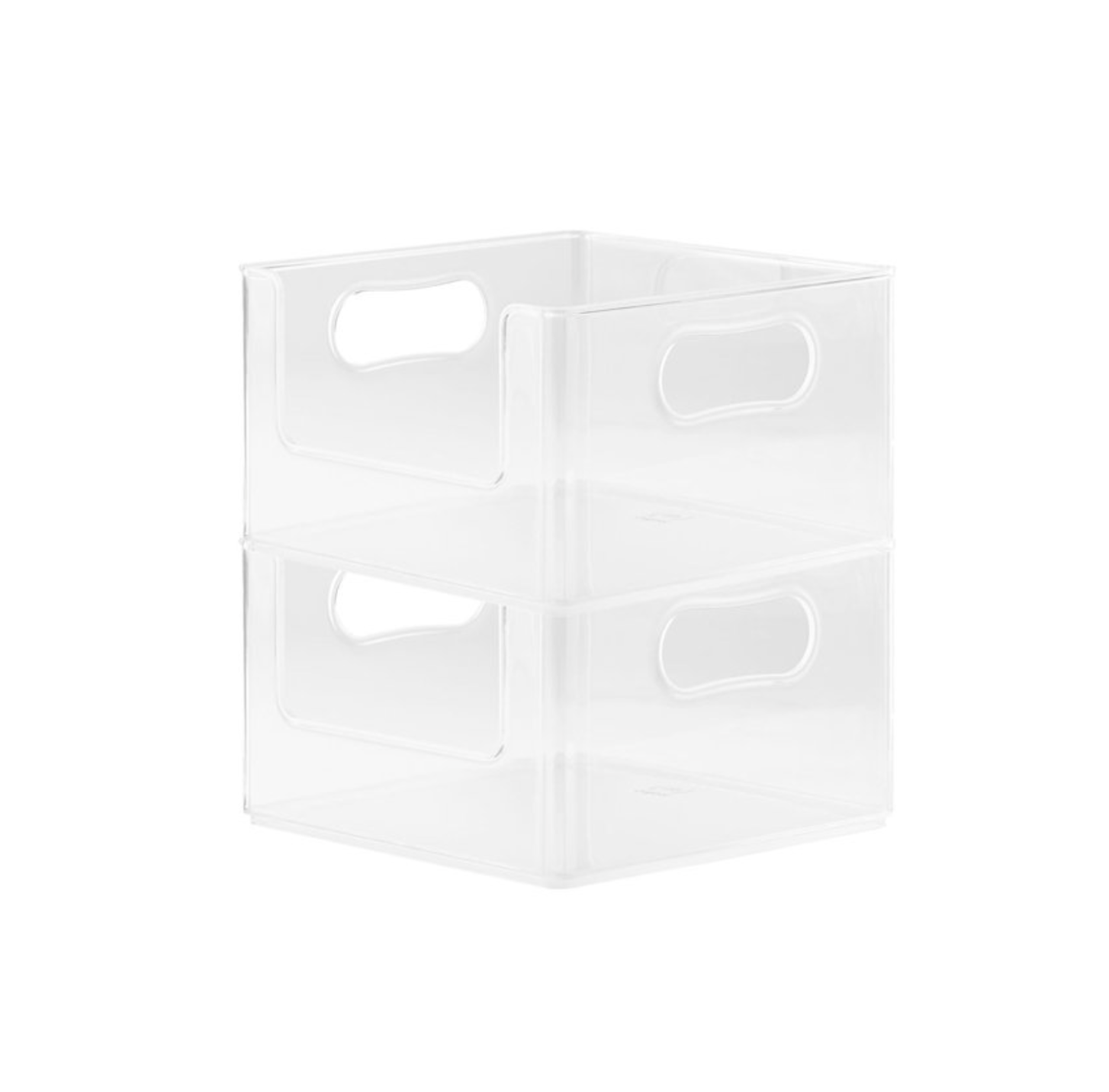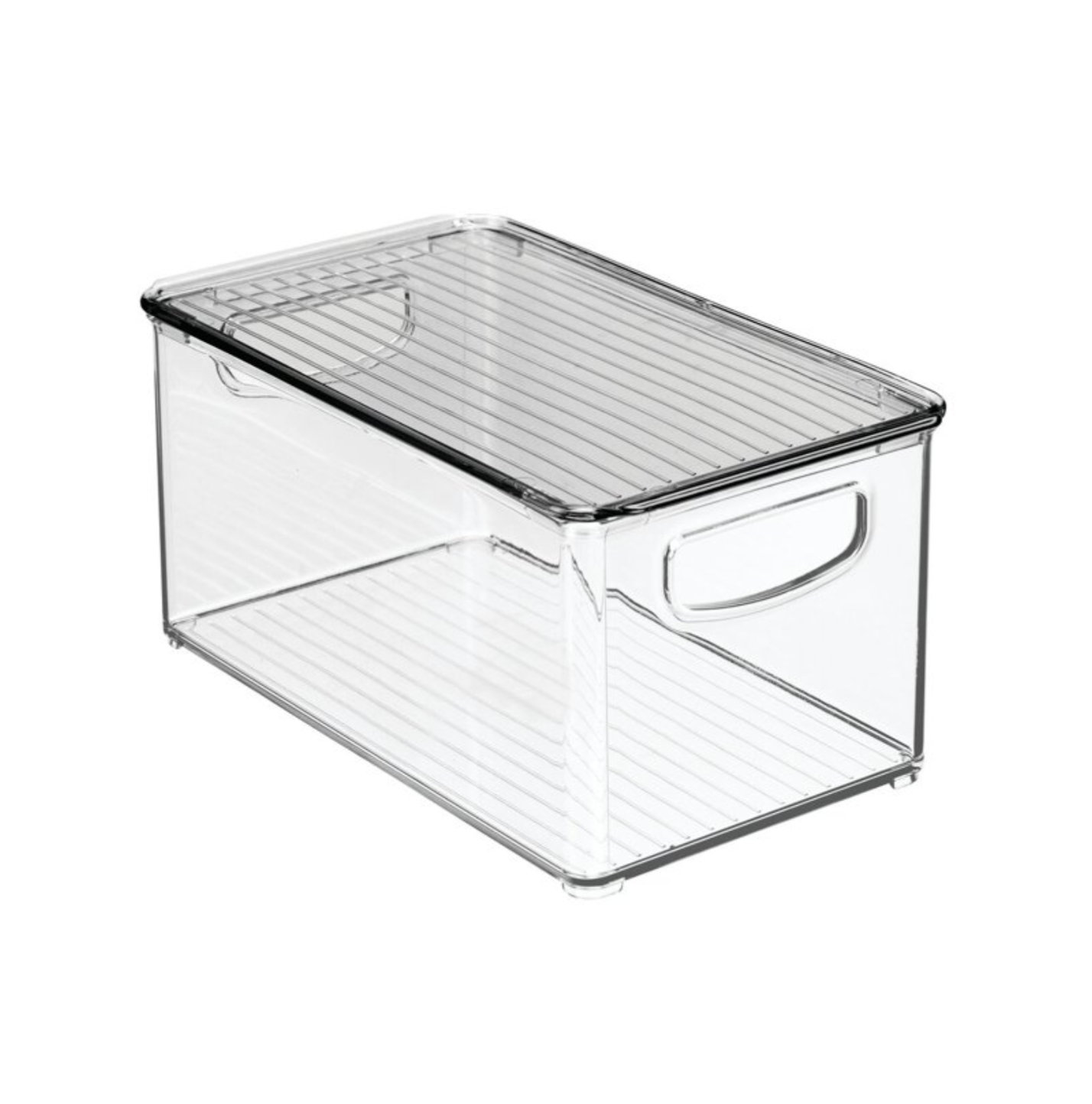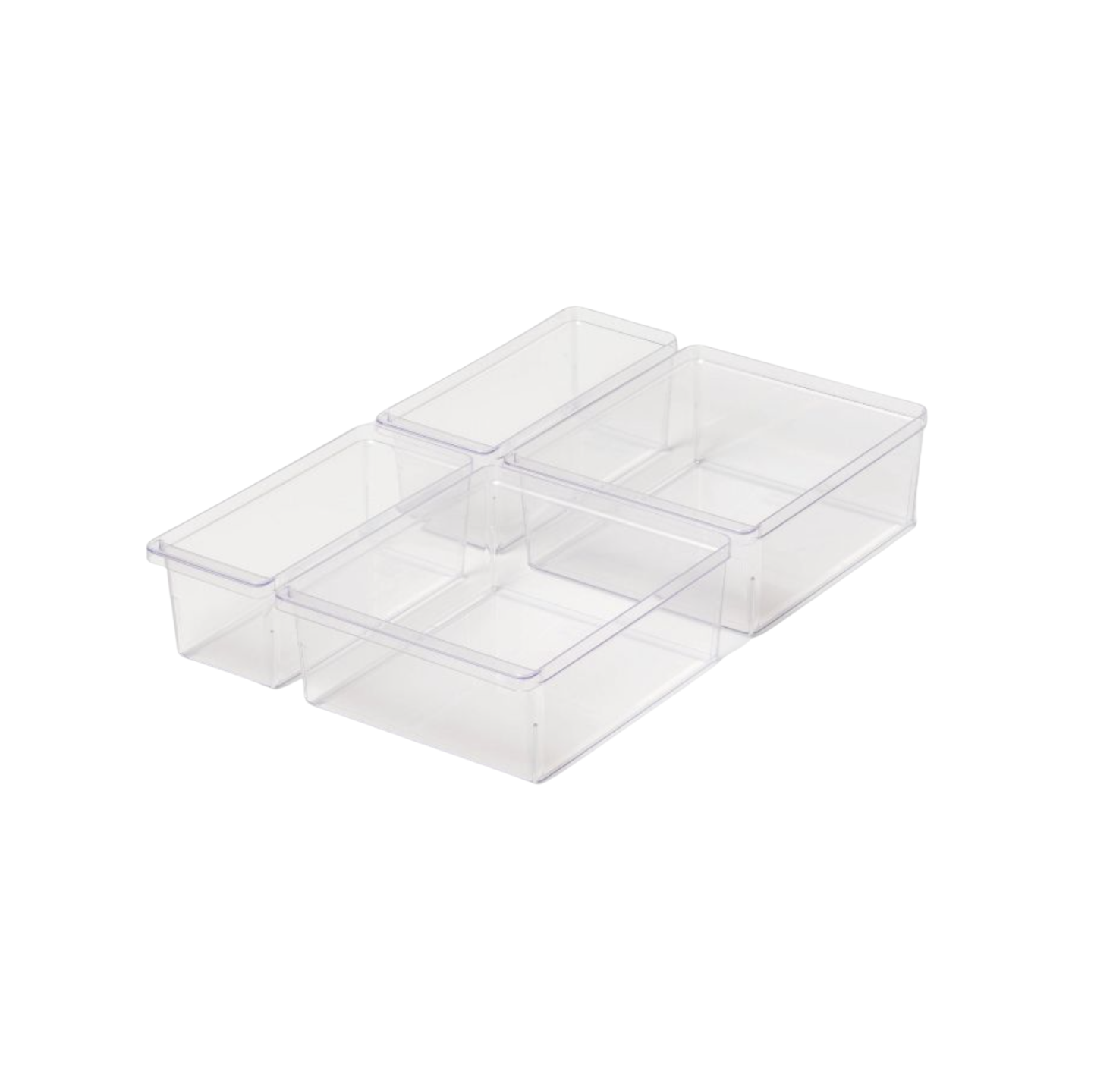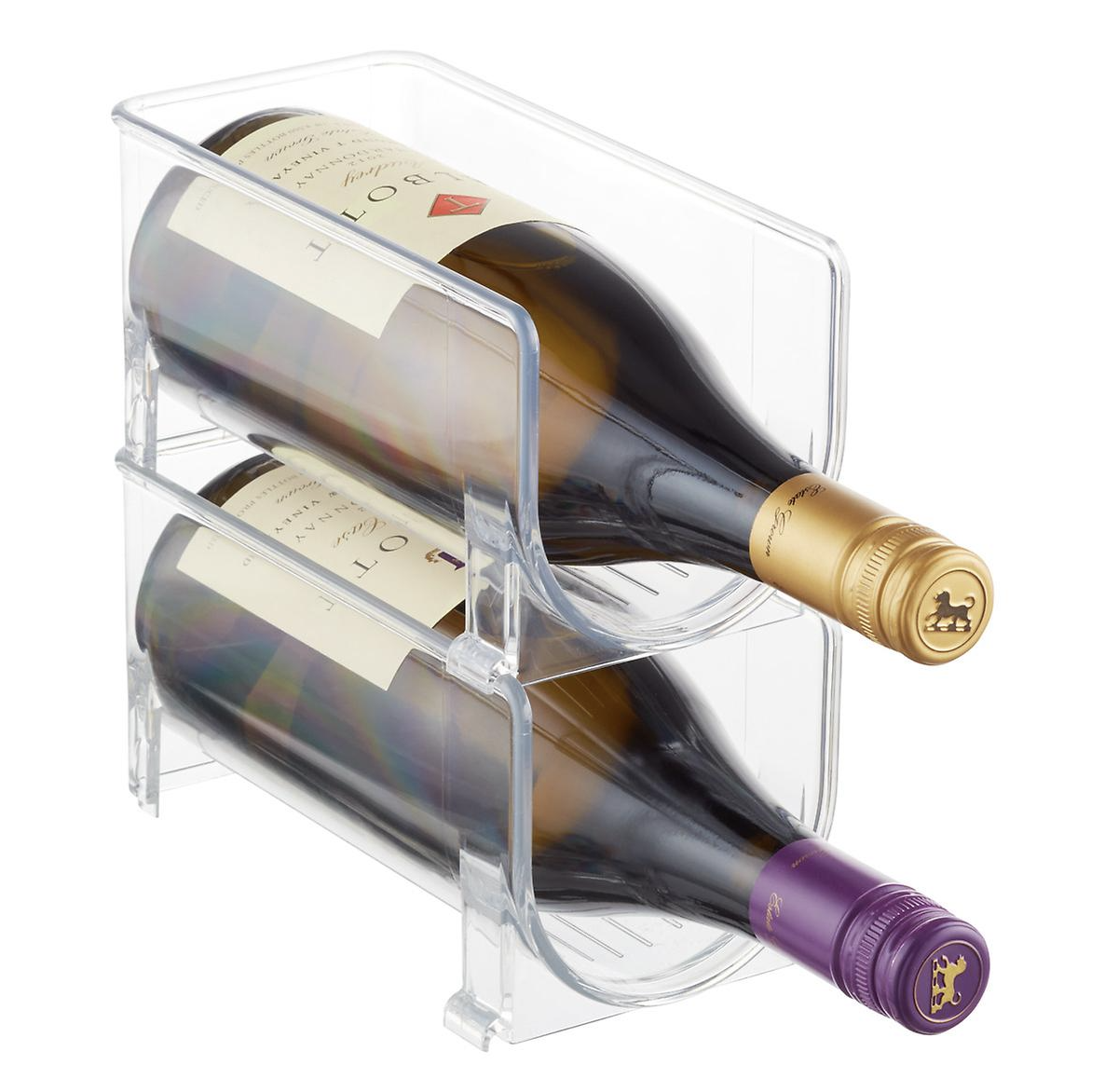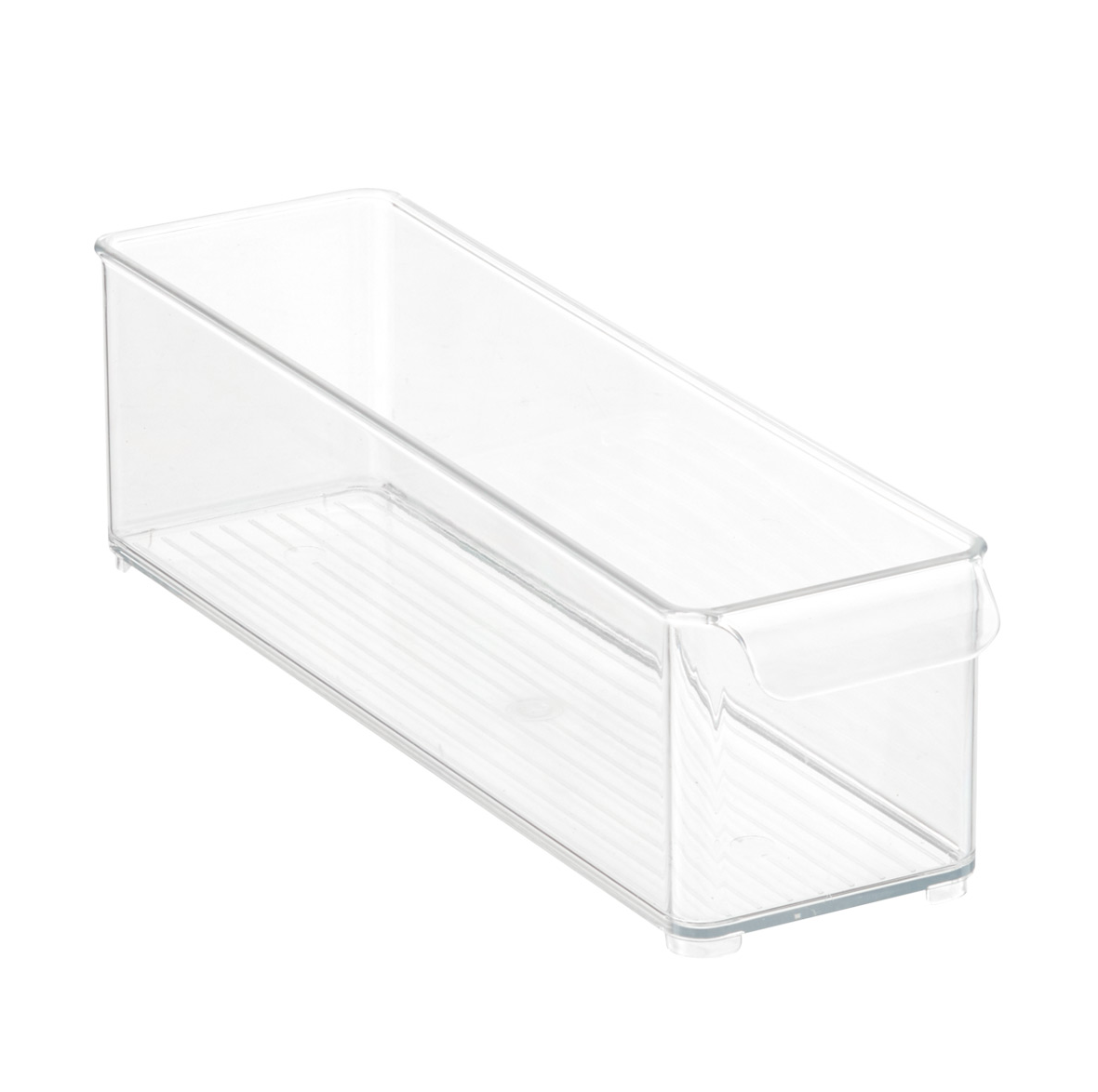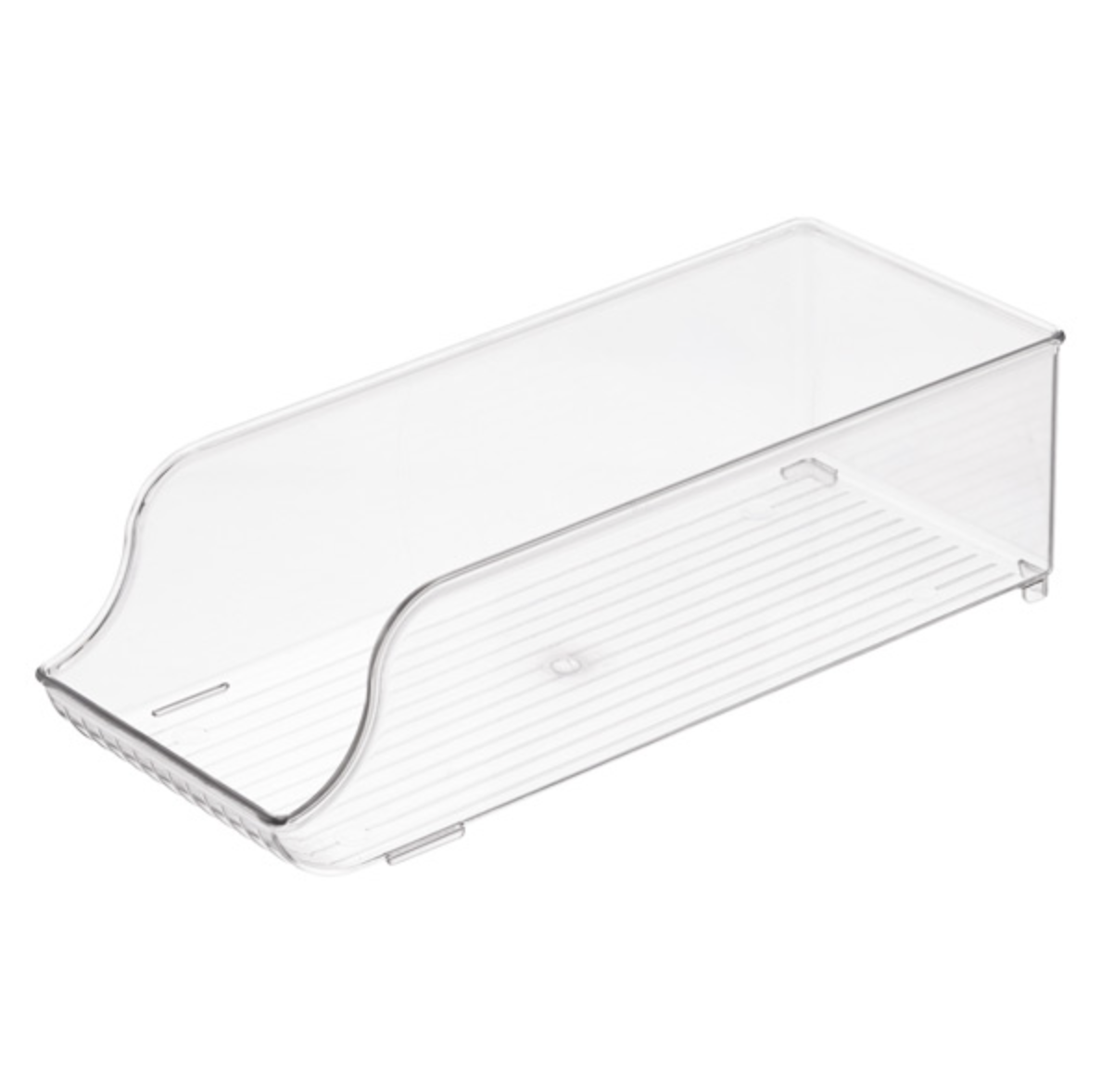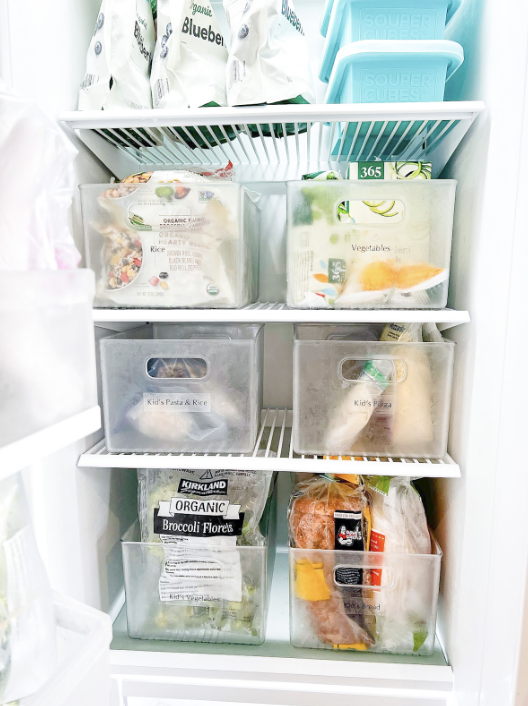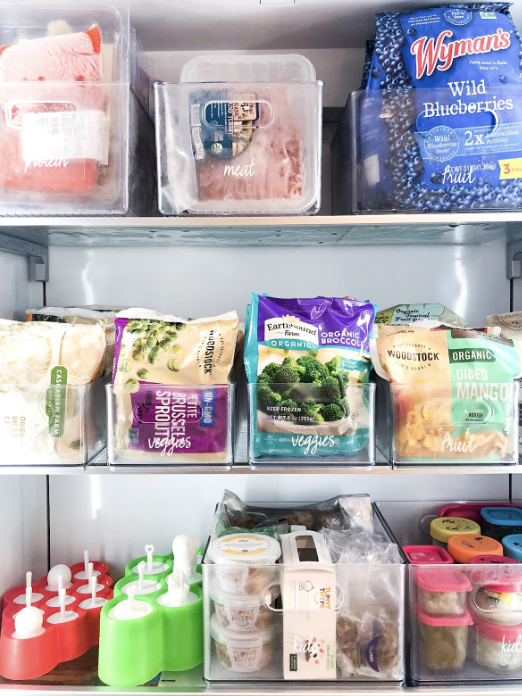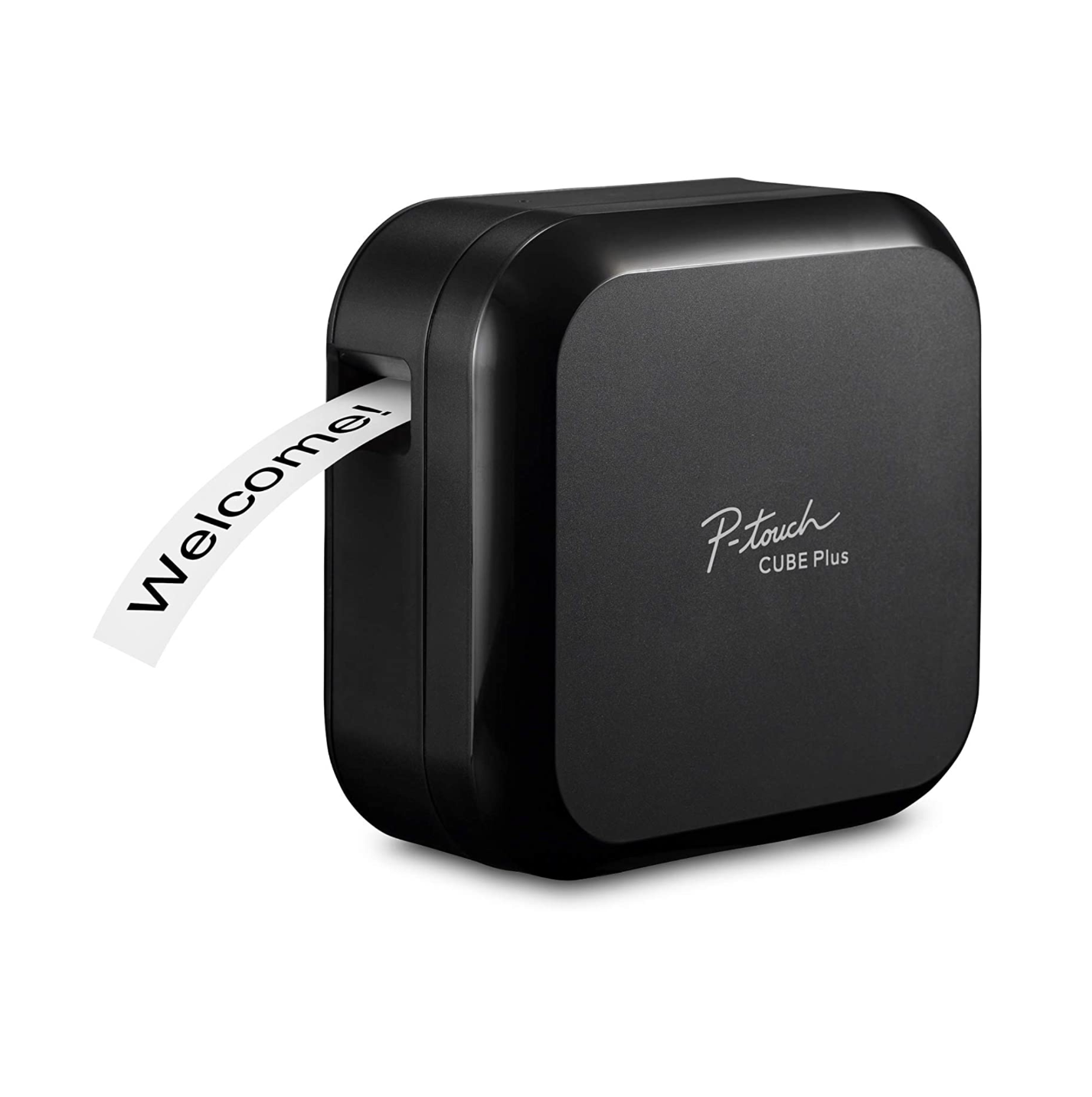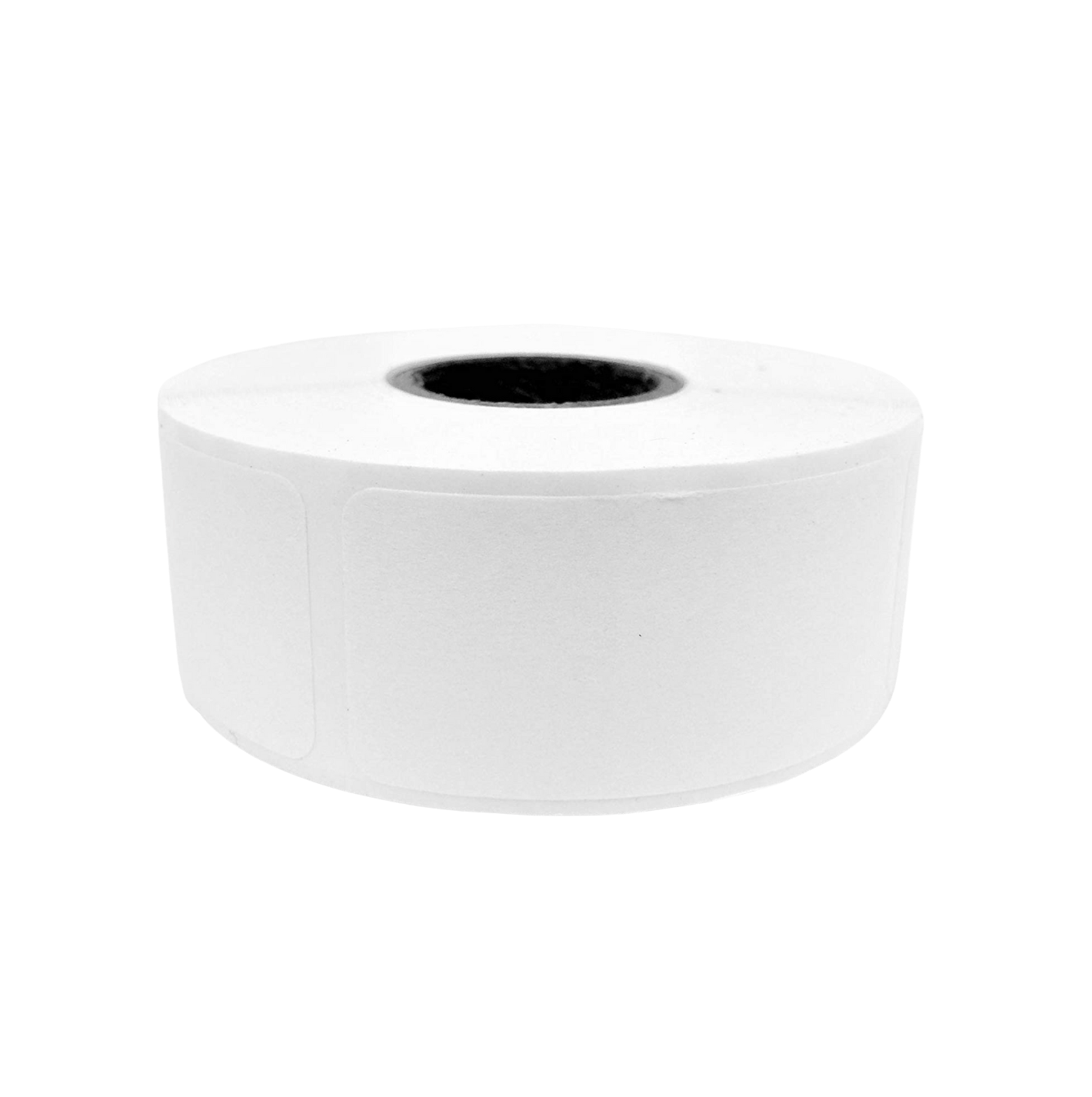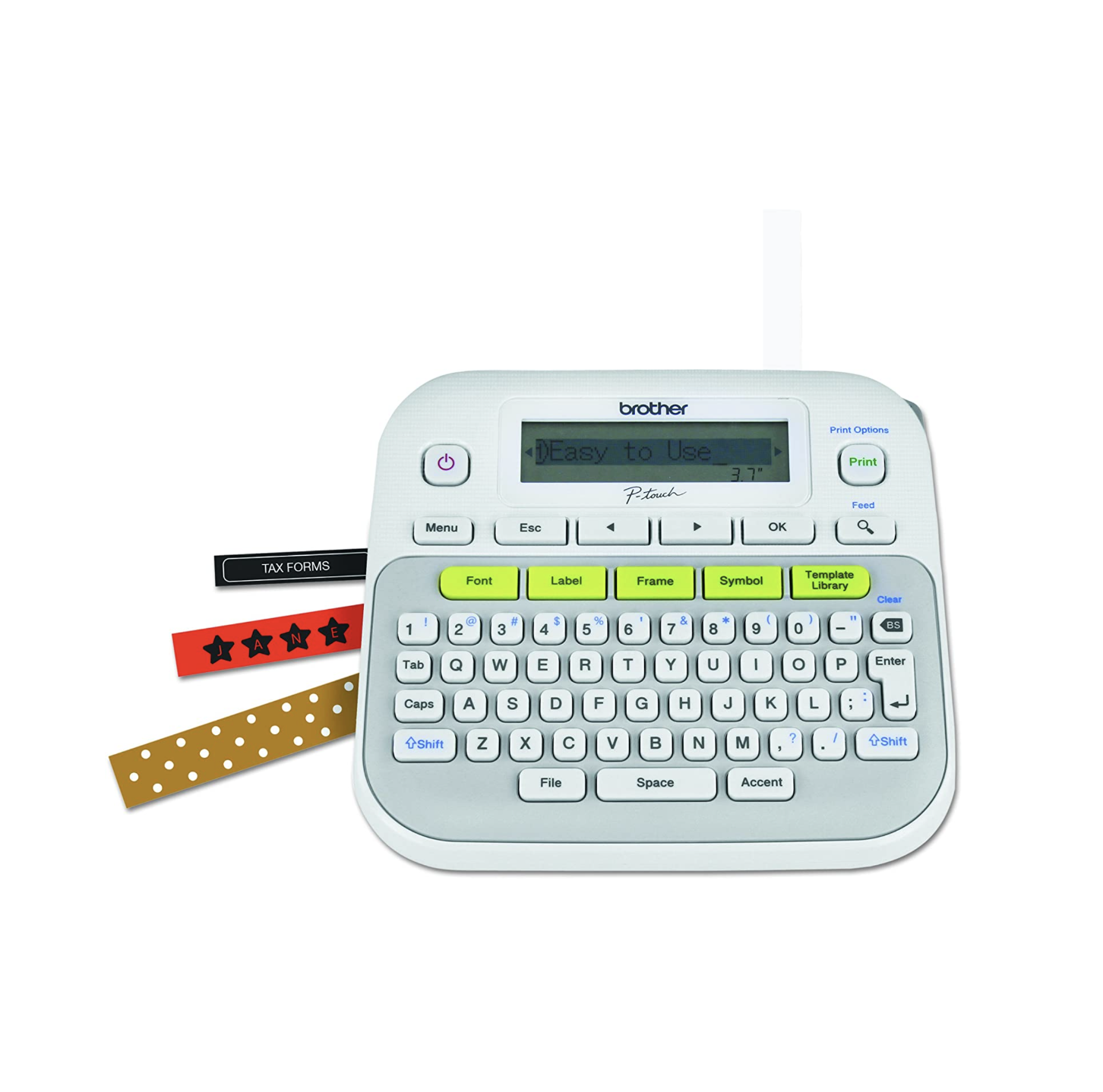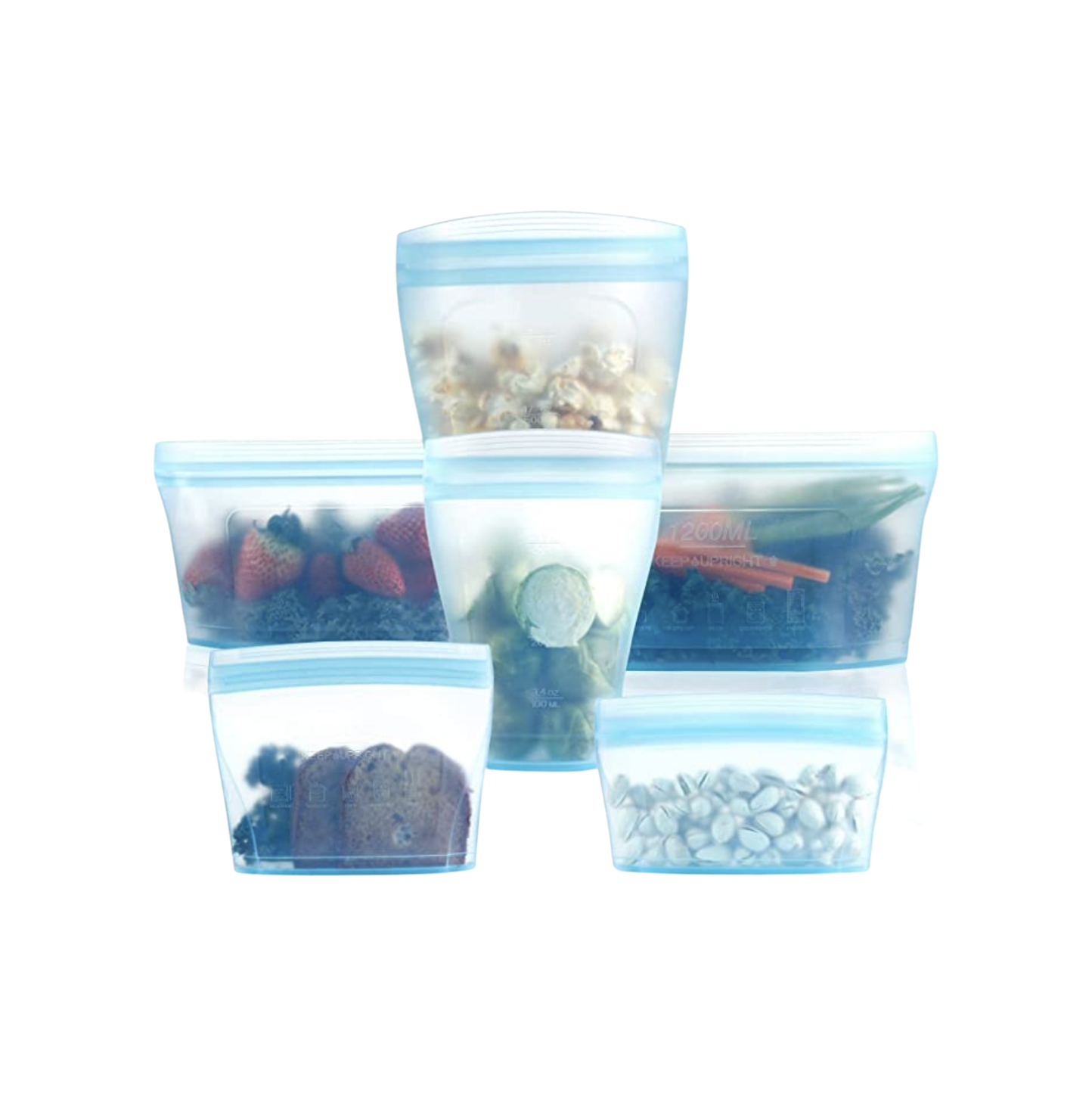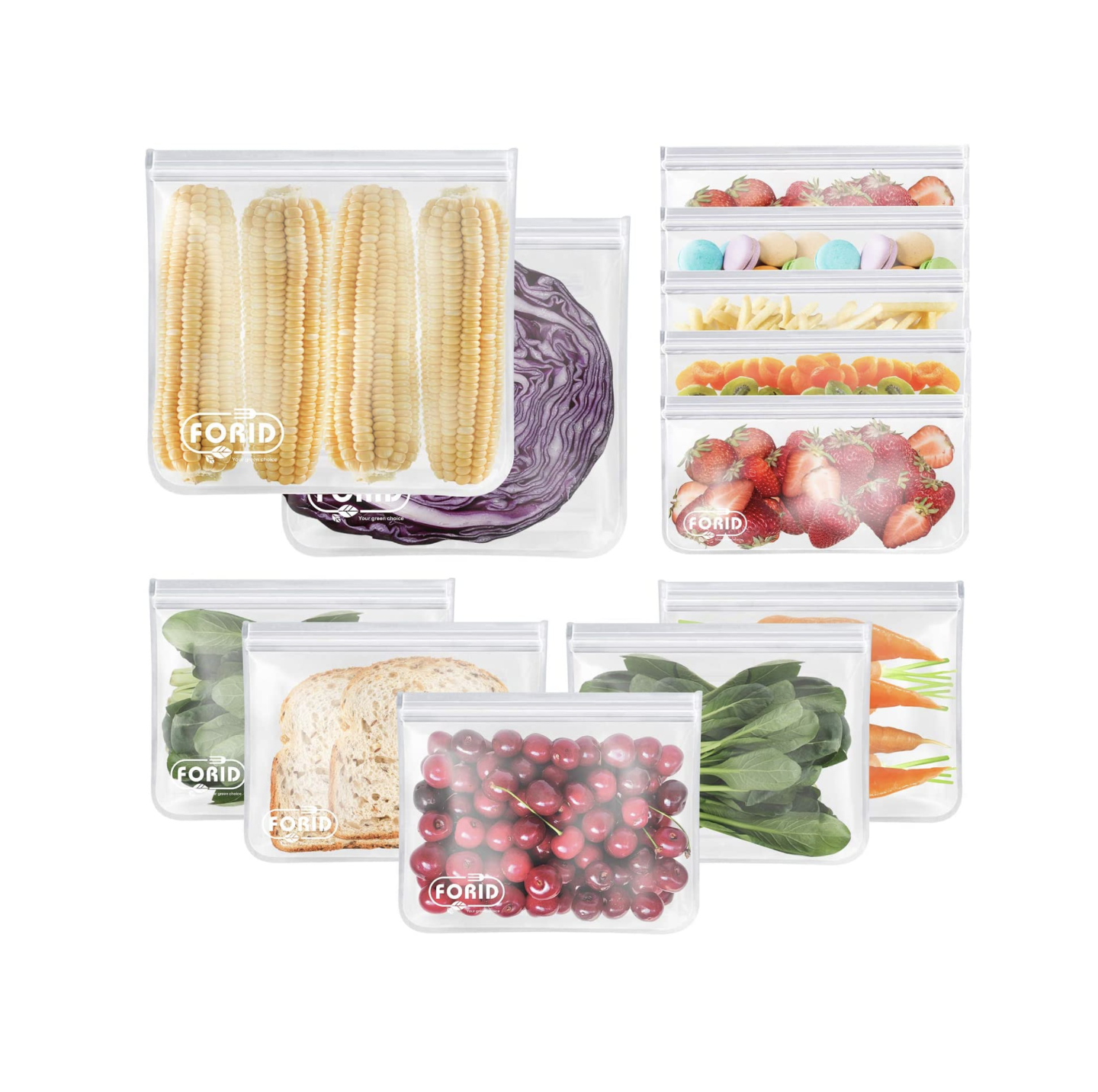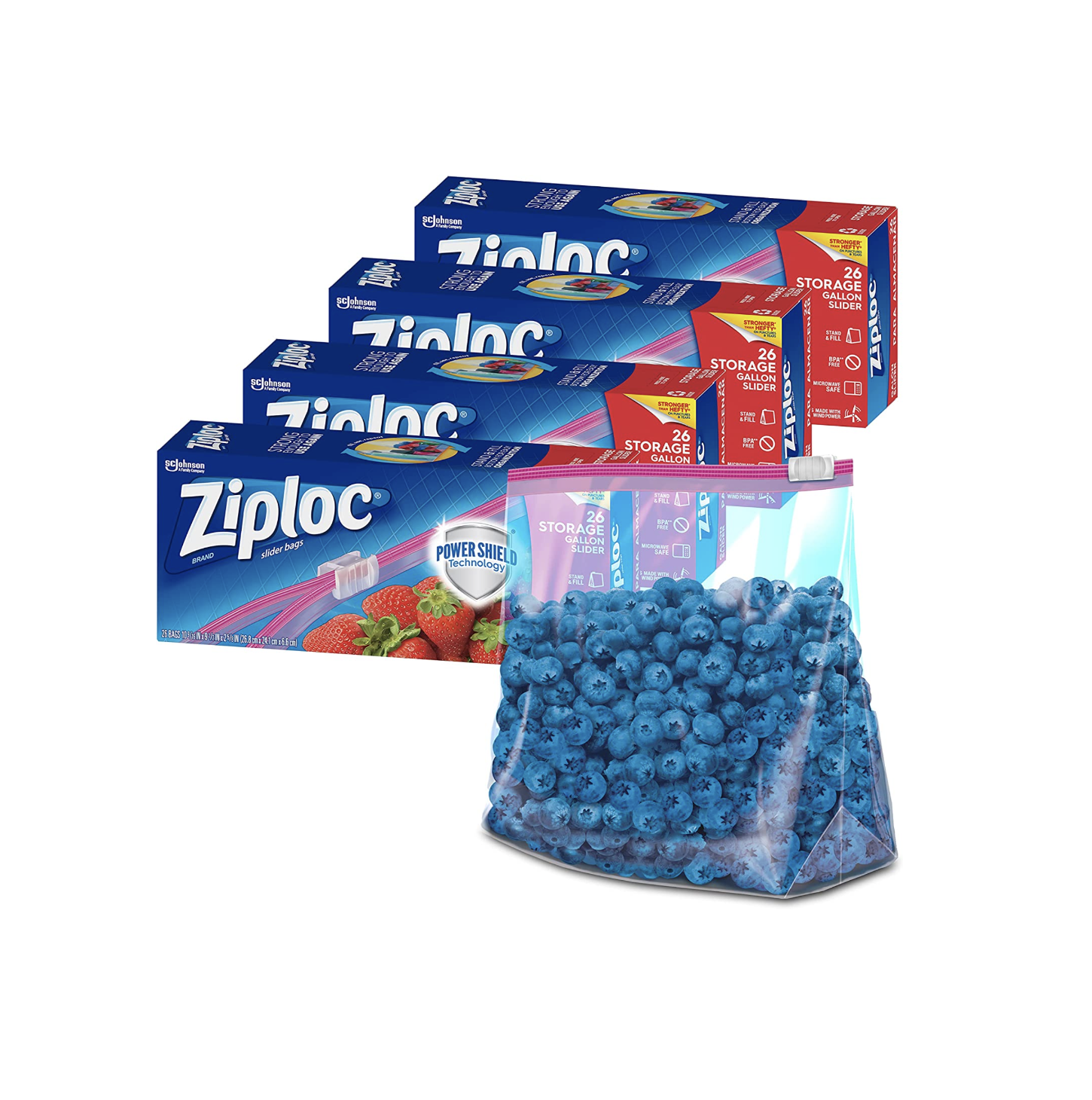Refrigerator & Freezer Organization 101
The refrigerator and freezer tend to become an ‘out of sight, out of mind’ area of the home, and sometimes get overlooked when it comes to organizing. But an organized refrigerator really can make your day to day life more joyful. No really, I promise! With every item in its place, it can be simpler than ever for you to actually know what’s in this space, and truly utilize your inventory to its fullest potential.
Think of refrigerator and freezer organization like packing a suitcase. We all love an organized suitcase, because it makes it easy to maximize the space and find something on the go right when you need it. Let’s compare bin storage in the refrigerator to packing cubes in the suitcase. Rolling your clothes compactly into each cube is similar to our ‘file freeze’ method. The same way that you organize your clothes in your suitcase is how you can maintain freezer organization, just over a longer period of time. If you don't have bins, containing items based on shelving will help to zone and categorize your fridge accordingly as well!
We have gathered our top tips and things to remember when organizing your fridge and freezer below:
Determine your fridge zones. As mentioned above, utilizing zones will help you not only create more storage, but also find things faster and know what you have and don’t. Zones we encourage are:
1. A cool zone. This is where you will store items like drinks and bread. This is usually towards the top of your fridge.
2: A colder zone. Here you will keep your cold foods like yogurt, deli meat, leftovers, etc. This is usually in the upper-middle shelf of your fridge.
3. The coldest zone. This is where you should store your fish, egg’s, poultry and meats. This is best on a middle shelf or in a middle drawer of your fridge.
4. Bins, drawers, or shelves. If you are in the market for bins, this can be a great way to contain items like salads, cheeses, fruits, and vegetables. If you’re looking to organize on a budget, Walmart and Target have amazing dupes for organizational items. If you are not looking to purchase items, no problem! Using shelves or items you already have around the house to distinguish zones will get the job done too.
LIJ Tip: Label items/zones for extra organizational assurance. This will help you remember where to put what items.
When organizing your freezer, label and date your bins, bags, or food storage containers. This will not only make locating your items simple, but will also create an effective system for your next grocery haul. Dating your items helps you keep track of when an item was put in the freezer, as well as the shelf-life of the item. This will prevent you from having expired or forgotten food items taking up space in your freezer.
File Freeze! This can also be referred to as the zip-lock bag method, which allows you to file away your foods by laying them flat, or side by side to save space. Think of this as similar to rolling clothes in a suitcase. By containing products in bags and laying them out strategically, you can maximize the space you have in your freezer in an orderly way.
Once you’ve organized, don’t forget to keep an eye on expiration dates periodically. Eliminating expired foods is a great way to free up your space, so it can be reserved for foods that will be better utilized.
LIJ Tip: Store items you want to keep extra cold, like ice cream, towards the back of the freezer. The closer they are to the freezer door, the less cold they will be as the door is the warmest part of your freezer.
As you master organization in other spaces of your home, remember that your refrigerator and freezer can receive this same attention too! This is an area you frequent, so having a system in place can make all the difference in your daily routine. There’s nothing better than having a maintainable system in place, especially in an area you use all the time! No matter how you go about it, remember that your inventory will change over time and that’s perfectly okay. These systems of organization are always flexible, and should make it possible to adjust over time as your inventory evolves!

